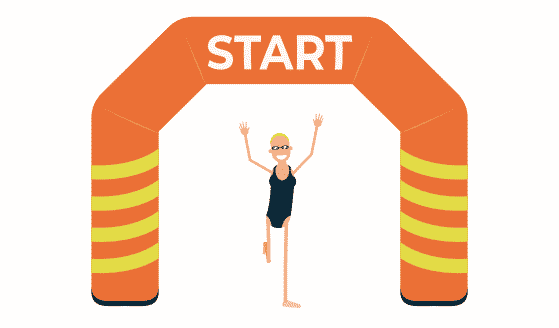Demystifying The Extended Essay: 8 Steps to make your life easier while writing it
Let’s face it, it’s haunting. All of a sudden you find yourself coming to terms with one of the IB’s most feared tasks: the Extended Essay.
Where to start? How do I choose a topic? How do I make sure I choose the right subject?
Luckily for you we are here to give you tips and tricks to make the whole process as stress-free as possible and, who knows, maybe even enjoyable.
Here are 8 top tips that have helped me through my journey of writing my Extended Essay in English Language and Literature, from beginning to end – and I even enjoyed it!
- Target your strongest subject and area of interest.
While it should be noted that your Extended Essay should be written for one of your Higher Level (HL) subjects, there are plenty of ways you can pinpoint which one of these should be your Extended Essay subject.
Is there a particular HL subject you perform best in?
Is there a topic you are particularly passionate about?
These are the first two steps to start writing a powerful EE. Do you feel lost? Check out this blog! We give you more than 100 Extended Essay topics and ideas.
- Study the Extended Essay marking criteria for your designated subject and Make a Checklist.
When you have identified a topic and subject, the FIRST thing you should do is study the marking criteria for the Extended Essay in your designated subject.
Pinpoint which elements of the markscheme are essential for a successful essay, and make a personal checklist that you can go back to when you are writing, to make sure you are always referring back to what the examiner is expecting from you.
Here is a simple example of what your EE checklist could look like:
- Come up with a CLEAR and concise research question.
No matter what your subject area is, your Extended Essay needs a CLEAR and concise subject in the form of a direct question.
This is important because you will tailor your research to answering the question. In other words, how well you answer your research question in your essay will dictate how successful you will be with your performance in the Extended Essay.
- Don’t expect perfection right away.
I remember the struggle and the frustration of having an insanely long first draft where I would get lost.
Don’t worry, it’s totally normal. Give yourself the space to experiment with your arguments and start with a flexible plan, in order to allow some space for modifications as you build up a bibliography and make sense of your sources.
Just make sure that when you find an argument that clicks, you stick to it and try not to cover too many areas all together. Focus is key, and less is more.
- Identify primary and secondary sources – and specify which are which in your introduction.
When you have a solid draft and you have allowed yourself to choose your arguments, make sure to pinpoint your primary and secondary sources in the introduction. Guide your reader step by step, and don’t take any information for granted.
- When writing your paragraphs, use the PEEL method.
The Extended Essay is about two things: properly answering your Research Question and abiding to marking criteria.
To do the latter, you have your checklist. How to you make sure you answer you RQ correctly? Using the PEEL method.
- Point (your own statement)
- Evidence (primary source evidence)
- Explanation (elaboration of the point or statement through your analysis of primary and/or secondary sources)
- Link (to research question and to next paragraph)
This will allow for a solid structure, coherent argument and clear ideas.
- Use paper as you work.
One of the best ways to proofread is to print your EE drafts and use different coloured pens to identify each PEEL component. If one color is absent, you know what you have to work on. Mind the Link component. At the end of each paragraph, always ask yourself if you have answered your research question and if it links correctly to your next paragraph.
- And finally… Make your EE aesthetically pleasing!
You have a lot of liberty when it comes to formatting your EE. You can choose a font that most suits the tone you are aiming for, and use a table of contents, pictures and citations to make it formal and easy to follow.
Now that you know all the tips and tricks, dive into your Extended Essay with no fear, and enjoy it!



